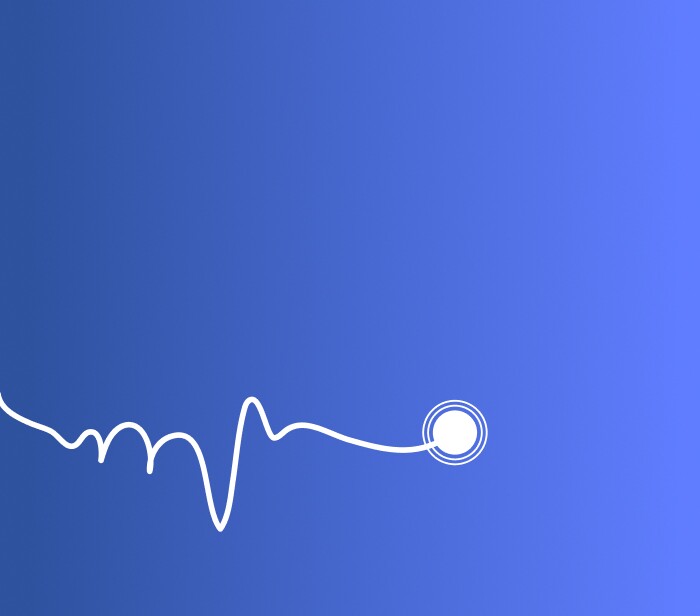Hydrocephalus is a phenomenon that might occur in both kids and babies. In fact, the statistic is that in one of every 1,000 babies, hydrocephalus would be a congenital defect, but you should remember that this phenomenon could be discovered in later phases of childhood as well. In both kids and infants, hydrocephalus will be treated via surgery, in which a tube draining the excess fluids from the brain is inserted. The tube will remain in the kid’s body, who could return to normal function quickly and without limitations.
The occurrence of hydrocephalus in children
As said, hydrocephalus can appear as a congenital defect among infants. It can be noticed during the pregnancy, but it only develops in the 3rd trimester so the survey tests won’t help in early detection. Today we know that hydrocephalus as a congenital defect is relatively common in premature babies whose birth weight is less than 1 kg.
However, hydrocephalus can also appear throughout childhood and not only as a congenital defect, for the following reasons:
- External bruise of the head
- Cerebral infections (like meningitis)
- Tumors
- Cerebral bleeding
Any of these factors could hurt the body’s ability to drain fluids from the ventricles and as a result to cause hydrocephalus.
Hydrocephalus in babies and children: the symptoms
One of the significant differences between adults and children and infants relating to hydrocephalus is related to the symptoms around the occurrence. Among infants, the most prominent symptom is an increase of the skull’s volume, arising from the skull not yet being whole and that the fontanel not being closed. The cranial pressure as a result of the liquids causes it to “swell” and increase in volume, which might be visible in advanced stages.
Other symptoms for hydrocephalus in babies and children:
- Apathy
- Lack of appetite
- Drowsiness
- Nausea and vomiting
- Prominent fontanel
- Prominent head veins
- Baby’s inability to lookup
It should be noted that hydrocephalus discovered and treated on time will not cause significant damage. But if a long period goes without treatment of the phenomenon, developmental damage might be caused to the brain, affecting the kid later in life as well.
Hydrocephalus treatment: surgery
As of today, the only treatment of hydrocephalus that’s considered long term effective is surgery. Although the phenomenon can be treated with various drugs, those would only be effective short term. surgical intervention is inevitable in that situation, even in children and infants.
The most common surgery for hydrocephalus includes inserting a silicon tube called a shunt into the ventricle where the fluids accumulate and leading it into another space in the body, usually the abdominal space. The tube drains the excess fluids from the brain and leads them to the abdominal space, where they are quickly absorbed into the bloodstream.
After the surgery, the kid could return to normal activity. His growth and development won’t be hurt, providing, of course, such damage wasn’t registered before having the surgery. However, you should be alert to symptoms that indicate that the draining isn’t done properly – vomiting, convulsions, drowsiness and more.
Today, hydrocephalus in children can also be treated via endoscopic surgery (minimally invasive) during which the surgeon creates a new passage that “bypasses” the occlusion and releases the accumulated fluids. The bypass is performed using tiny surgical tools that are inserted into the occlusion area, with a camera that transmits to the surgeon the treated area in real-time. There is no need for a shunt in this method, but it’s only effective in certain cases.
The surgery itself, in both methods, lasts about 2 hours in most cases. The child will remain hospitalized for 3 days from the day of the surgery and then discharged home. After a few days, he could return to normal activity.
At the Herzliya Medical Center, only expert doctors with great experience in the field operate. The surgeon is personally in charge of the treatment from the moment the decision about the procedure is made, during it and the hospitalization and throughout the entire follow-up afterward. During the hospitalization, the surgeon personally makes all treatment decisions, 24 hours a day.
For consultation and additional information, contact us at +972-9-959-4888 or leave your details and we’ll get back to you as soon as possible.
 Patients Log In
Patients Log In 










